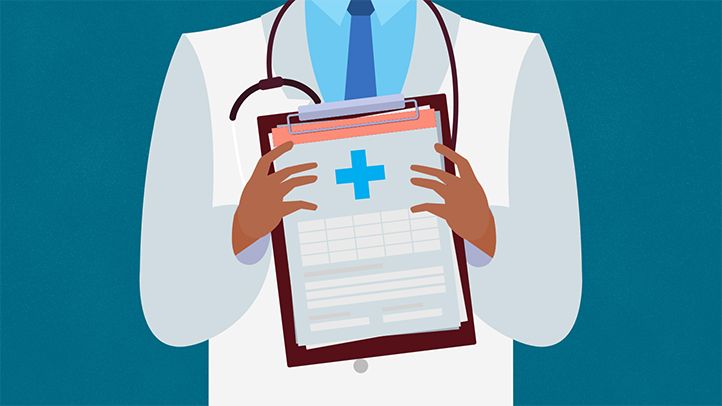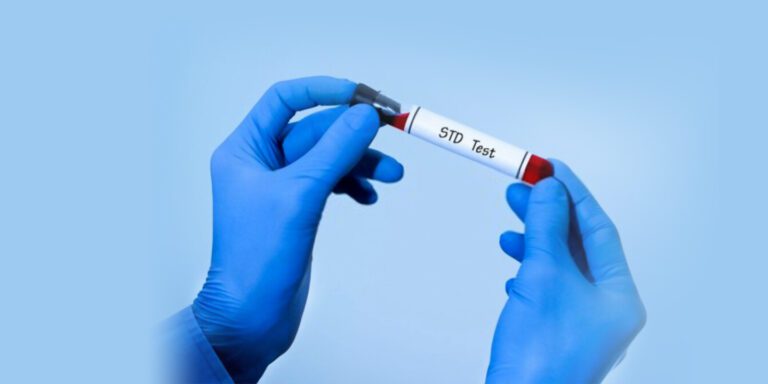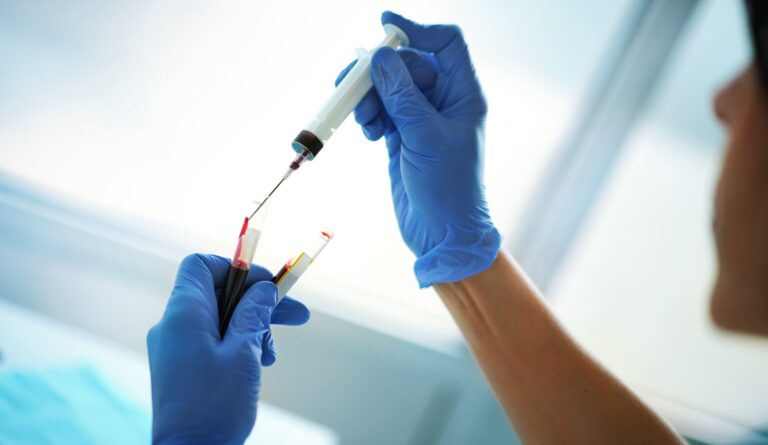How Does HIV Spread? Understanding Transmission Dynamics and Risks
In the intricate tapestry of public health, awareness forms the foundation of effective prevention. When it comes to HIV, comprehending the dynamics of transmission is paramount. In this exploration, Hope Across The Globe takes you on a journey to unravel the complexities of HIV transmission, shedding light on the risks individuals may face. This comprehensive guide aims to empower you with the knowledge needed to understand how HIV spreads.
1. The Basics of HIV Transmission
Understanding the transmission dynamics of HIV starts with grasping the fundamentals. HIV primarily spreads through specific bodily fluids, including blood, semen, vaginal fluids, rectal fluids, and breast milk. It’s essential to dispel misconceptions—HIV is not transmitted through casual contact, air, water, or insect bites. This foundational knowledge forms the cornerstone for a deeper exploration of the nuanced transmission routes.
HIV’s ability to infect a person is intricately tied to the presence of the virus in bodily fluids. However, it’s crucial to highlight that mere exposure to these fluids doesn’t guarantee transmission. The virus must find a way into the bloodstream to establish infection.
2. Understanding Sexual Transmission
The most prevalent mode of HIV transmission globally is through unprotected sexual intercourse. Sexual transmission involves the exchange of bodily fluids, creating an environment where the virus can potentially enter the bloodstream. Condom usage and pre-exposure prophylaxis (PrEP) are explored as practical tools for reducing the risk of sexual transmission.
The discussion extends beyond the mechanics of information to encompass the importance of open communication, regular HIV testing, and the role of supportive sexual health practices in preventing new infections.
3. The Role of Blood and Needle Sharing
For individuals who inject drugs, sharing needles significantly increases the risk of HIV transmission. This section highlights the importance of harm reduction strategies and promoting sterile needle use. By understanding and addressing the specific risks within this demographic, we can contribute to breaking the chain of transmission.
Intravenous drug use introduces a unique set of challenges in the fight against HIV. The exchange of needles amplifies the risk, making it essential to explore strategies that not only reduce harm but also provide avenues for education and support within this vulnerable population.
4. Mother-to-Child Transmission
A crucial aspect of HIV transmission lies in vertical transmission from an infected mother to her child. This part explores the risks during pregnancy, childbirth, and breastfeeding. Antiretroviral therapy and preventive measures are discussed as practical tools for reducing the risk of transmission from mother to child.
Mother-to-child transmission underscores the need for comprehensive care, as well as the challenges faced by pregnant individuals living with HIV and the measures that can be taken to ensure the health and well-being of both the mother and the child. It’s a testament to the progress made in preventing transmission in this context.
5. Debunking Myths About Casual Contact
Dispelling myths is vital to combating the stigma associated with HIV. Casual contact, such as hugging, kissing, or shaking hands, poses no risk. Creating a supportive environment is essential for individuals living with HIV, and dispelling myths is a crucial step in that direction.
The myths surrounding casual contact perpetuate stigma and discrimination. By debunking these misconceptions, we pave the way for a more compassionate and informed society, fostering an environment where individuals affected by HIV can thrive without fear of unjust judgment.
6. Saliva and HIV Transmission
To address a common misconception, HIV is not typically spread through saliva, kissing, or sharing drinks. While the virus may be present in saliva, the concentration is not high enough to pose a significant risk. Accurate information about saliva transmission is essential to reducing unnecessary fears and stigma.
Exploring the dynamics of saliva in HIV transmission is crucial to dispelling fears related to everyday interactions. By understanding the limitations of the virus in saliva, we empower individuals to make informed choices about their social interactions, promoting a more inclusive and understanding community.
7. The Importance of Knowing Your Status
In Jacksonville, FL, and across the globe, regular HIV testing is a crucial step in managing the spread of the virus. At Hope Across The Globe, we advocate for knowledge about one’s HIV status as the first step in taking control of one’s health.
Routine HIV testing in Jacksonville FL is a cornerstone of prevention efforts, significant not only for individuals but also for the community at large. By encouraging regular testing, we contribute to early detection, timely intervention, and a proactive approach to curbing the spread of HIV.
8. Prevention Strategies: A Holistic Approach
Beyond understanding how HIV spreads, adopting a holistic approach to prevention is critical, with an emphasis on safe sex practices, awareness about the risks of needle sharing, and advocating for support for pregnant individuals living with HIV. A comprehensive prevention strategy addresses the multi-faceted aspects of HIV transmission.
Prevention is not a one-size-fits-all concept. By acknowledging the interconnectedness of these strategies, we lay the groundwork for a comprehensive approach that encompasses education, empowerment, and community support.
Conclusion
Unraveling the mysteries of how HIV spreads is an essential endeavor for individuals, communities, and public health organizations. Hope Across The Globe strives to contribute to this awareness by providing accurate information and promoting preventive measures. By understanding the transmission dynamics and risks associated with HIV, we can collectively work towards a future where the virus no longer poses a threat to global health. Knowledge is power, and together, we can make a difference in the fight against HIV/AIDS. In embracing this knowledge, we move forward with compassion, understanding, and a shared commitment to building a healthier world for all.
Related Tag: Jacksonville STD Clinic






